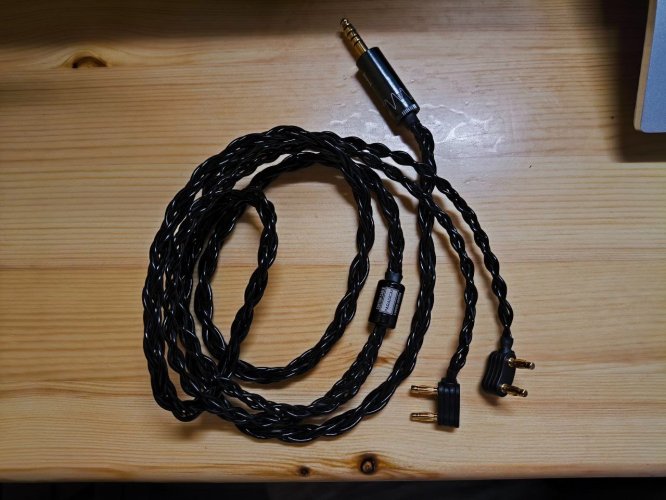I've been following this thread for a bit, and I'll put in my 2 cents regarding measurements. I think it's important to recognize that measurements are a source of bias themselves. Anything that we see of a headphone prior to listening to it ourselves (review, measurement, physical appearance, price, etc.) will bias our listening because humans prioritize visual input over anything else (see McGurk Effect). A number of headphone designers (including Harman-adherent Dan Clark) have mentioned that when they're in the process of tuning a headphone, they won't measure the effect of a change before they listen, because they don't want the measurement to tell them what they're supposed to hear. Every manufacturer measures their headphones; it would be impossible to have any sort of production consistency never mind good engineering if they didn't use measurements internally.
Because measurements will affect what people think of a headphone, in my opinion the only reason for a manufacturer to release their own measurements prior to a headphone's release is to control the pre-release narrative in the graph-following community. That's basically what ZMF does, I think because people have lambasted their headphones in the past for their FRs, so they try to pre-empt that crowd. In other words, a manufacturer's FR graph is a continuation of advertisement with other means. My background is in computers, and to me, a first-party FR measurement is about as trustworthy as a first-party claim by a CPU manufacturer of their performance increase in a new product, i.e. not at all. I like when a headphone manufacturer explains their tuning choices in the FR like ZMF or DCA do, but that is no substitute for 3rd party measurements and has no validity unless the manufacturer's measurements align closely with 3rd party ones.























 )
)




